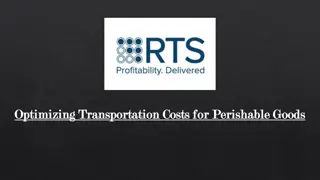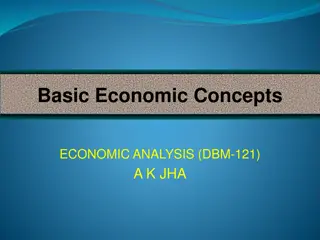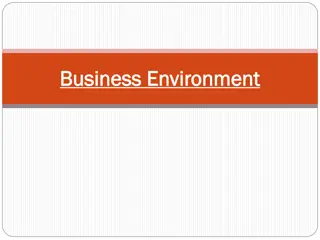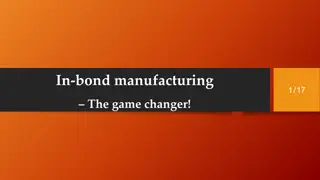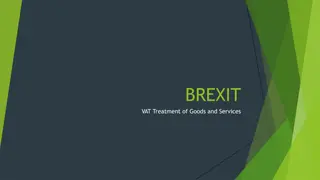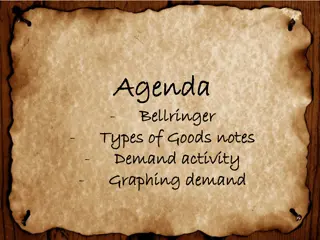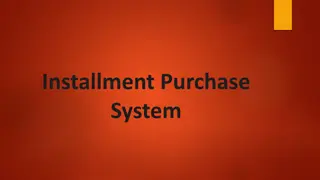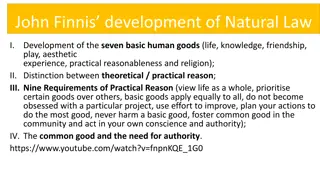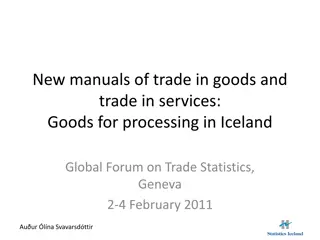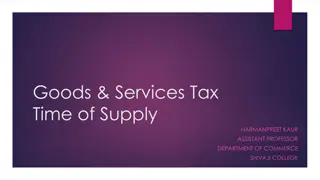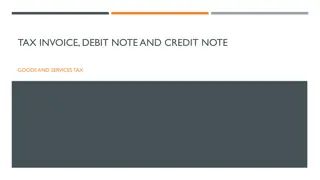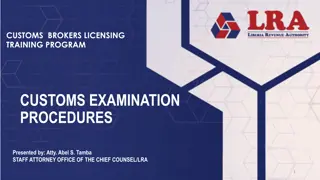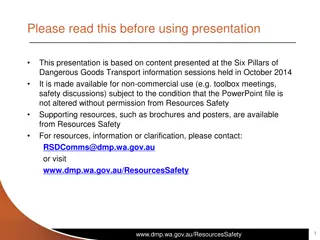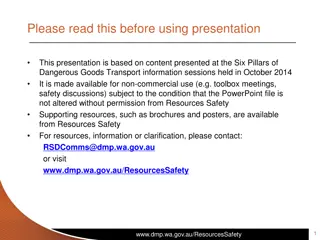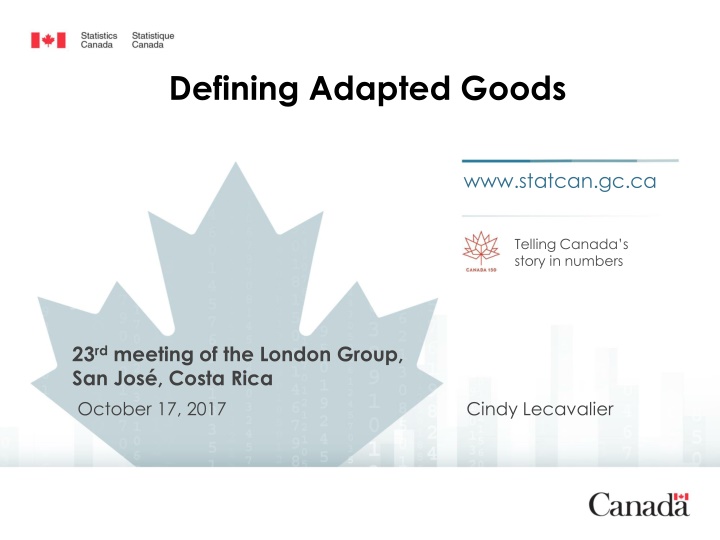
Defining Adapted Goods
StatCan's efforts to measure Canada's transition to a low-carbon economy face challenges in classifying and identifying adapted goods that are significantly less energy or resource-intensive than industry standards. The struggle lies in defining terms like "efficient turbine" and "efficient engine." Various approaches are being explored to refine these definitions and align with evolving technology standards.
Download Presentation

Please find below an Image/Link to download the presentation.
The content on the website is provided AS IS for your information and personal use only. It may not be sold, licensed, or shared on other websites without obtaining consent from the author. If you encounter any issues during the download, it is possible that the publisher has removed the file from their server.
You are allowed to download the files provided on this website for personal or commercial use, subject to the condition that they are used lawfully. All files are the property of their respective owners.
The content on the website is provided AS IS for your information and personal use only. It may not be sold, licensed, or shared on other websites without obtaining consent from the author.
E N D
Presentation Transcript
Defining Adapted Goods www.statcan.gc.ca Telling Canada s story in numbers 23rd meeting of the London Group, San Jos , Costa Rica October 17, 2017 Cindy Lecavalier
Background StatCan's goal is to measure Canada s transition to a low- carbon economy, which is a high priority for our Government. To achieve this goal, the Federal Government funded four projects*: Expand the scope and frequency of the Survey on Environmental Goods and Services (supply-side) Expand data collection on renewable energy production Develop a Clean Technology Satellite Account Improve information on the adoption of clean technology in the economy, as well as better defining adapted goods (Feasibility Study) *projects engage partners and data users to ensure relevance. October 2017
Clean Technology definition The development of the Clean Technology Satellite Account (CTSA) is based on: goods and services that are considered clean technologies; and that fulfill Canadian government (policy) departments information needs Canadian definition of Clean Tech any goods or services that reduce environmental impacts through environmental protection activities, through the sustainable use of natural resources, or through the use of goods that have been specifically modified or adapted to be significantly less energy or resource intensive than the industry standard. (similar to the International EGSS description) October 2017
Challenges faced: classification and identification of adapted goods Canadian definition identifies adapted goods as significantly less energy or resource intensive than the industry standard . SEEA-CF 2012 presents a more broad interpretation more environmentally friendly or cleaner and whose use is therefore beneficial for environmental protection or resource management . How do we define significantly less or energy-efficient ? A given turbine may be considered to be significantly improved compared to the standard based on one criteria but not another Current goods classifications do not distinguish between a more or less efficient or environmentally-friendly good, nor do they define the industry standard How will respondents interpret the terms we use, e.g. efficient turbine , or efficient engine ? October 2017
Adapted goods identification, approach 1 We determine the scope with a consumption threshold (e.g.: any engine that uses between 0-8 L of gasoline per 100 km is in scope) Let s take a 5L/100Km engine. As technology evolves Year 1 it is energy-efficient Year 5, may not be energy-efficient anymore, as the industry standard will have improved, but would still be in-scope And so on Issue The account would no longer be a true representation of Clean Tech; this engine will stay on the list of adapted goods unless the threshold is changed How often do we change the thresholds? How does changing the threshold impact our time series? Is this method statistically sound? October 2017
Adapted goods identification, approach 2 We define the scope based on how it compares to the standard model (e.g.: engine that is at least 25% more efficient than the standard engine in its class) As technology evolves Year 1 it is energy-efficient Year 5 still energy-efficient , as it compares to the standard engine that follows the best technology available And so on Issue: What is the standard engine ? Who defines it? Do survey respondents know if their engine is in the top 25%? Is this approach more or less statistically sound than approach 1? October 2017
Adapted goods identification, approach 3 Where possible, use a pre-established, widely used eco- labelling system to identify in-scope adapted goods (e.g.: EnergyStar program) Uses combined approach, as the industry experts set the standard, and the label marks the top x% Advantages: Driven by industry experts Understood by survey respondents EnergyStar updates are scheduled and happen more often for quicker developing technologies and/or technologies with adoption rates exceeding a threshold. Issues: Is this method statistically sound? October 2017
Study outcomes In order to limit the adapted goods included in the CTSA to those that are significantly less energy or resource intensive, we recommended: To exclude small-ticket items like recycled paper, biodegradable cleaning products and energy-efficient home appliances To define a list of energy-efficient products that fit the significantly improved goods description of adapted goods using, wherever possible, a widely accepted pre- established program/eco-labelling to determine the threshold of what is in and out of scope (the list) in a given year When not available, we will have to develop on approach 1 or 2 October 2017
Discussion questions Do you have any suggestions on our proposed use of a widely accepted pre-established program such as EnergyStar to determine threshold of what is in and out of scope in a given year? Is your NSO / Organisation able to determine what the industry standard is for goods, and able to define adapted goods, specifically the identification of the significantly improved adapted goods?
Discussion questions How should we deal with a change of technology; should we update the list ourselves, should we rely on an eco- labelling, should we look at the intensives (or other government program)? Since it is impossible to do this work without subjective decisions being taken and the influence of objectives, how can we, as a statistical agency, ensure that we are measuring things as objectively as possible and also how will be improve the process in the future?
Thank you Cindy Lecavalier Unit Head Senior Analyst, Environment, Energy and Transportation Statistics Statistics Canada / Government of Canada cindy.lecavalier@canada.ca / Tel: 1-613-883-1490 October 2017




